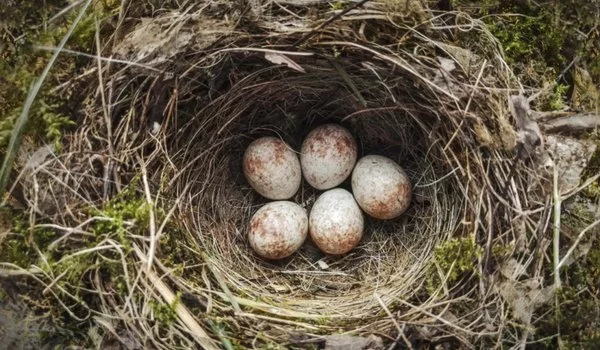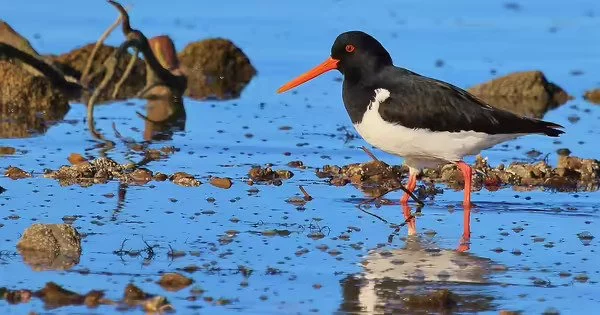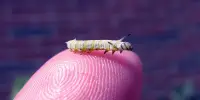Researchers may have discovered a method to protect vulnerable and endangered ground-nesting birds. Red foxes were much more easily deterred from eating bird eggs than raccoon dogs, which are an invasive species in Finland, according to researchers at the University of Turku in Finland. The study tested two methods of predator deterrence using artificial bird nests.
Two methods for reducing nest predation of vulnerable and endangered ground-nesting birds were tested using artificial nests. The study found that red foxes can be tricked into not eating bird eggs more easily than raccoon dogs. The methods could be used in conjunction with hunting to provide an alternative, non-lethal solution for protecting vulnerable prey.
Predator control is a common issue in areas where prey populations, such as ground-nesting waterfowl, are unable to withstand the impact of an increased predator population. For example, in areas where there are no apex predators, the red fox population can become excessively large for its native habitat. Furthermore, the red fox is an invasive species in some parts of the world. In both cases, the foxes can cause a decline in the prey species’ populations.
Our findings are intriguing because they suggest that these methods could reduce nest predation in vulnerable and endangered waterfowl species. Following that, it is necessary to investigate whether the results obtained with artificial nests can also lead to the preservation of real bird nests and, as a result, a greater number of young birds.
Toni Laaksonen
Predator control by hunting can be laborious and cannot be carried out everywhere or at any time, for example, during the birds’ nesting season. Therefore, there is a global need for alternative, non-lethal methods.
In an extensive field experiment conducted in southern Finland, the international team of researchers tested two methods that could reduce nest predation and therefore protect the prey species.
The researchers spread waterfowl odor in wetland areas at the first treatment sites. The researchers investigated whether large amounts of prey odour in the area prevents predators from finding the artificial bird nests using chemical camouflage, a new method successfully tested in Australia and New Zealand.

In other areas, the researchers used eggs containing an aversive agent that causes nausea in order to train predators to believe that the bird eggs were inedible. For controlling a potential disturbance effect, the researchers also used control sites that they visited as frequently as the treatment sites.
The study showed that especially the chemical camouflage decreased the predation of the artificial waterfowl nests by red foxes, but a similar effect was not observed with raccoon dogs, a harmful invasive species to Finland.
“Red foxes may rely more on their sense of smell to find bird nests, whereas raccoon dogs may find the nests by chance when they move in the area,” says Vesa Selonen, Senior Researcher at the University of Turku in Finland.
The results with the eggs containing an aversive agent were similar but less clear.
“Nonetheless, our findings are intriguing because they suggest that these methods could reduce nest predation in vulnerable and endangered waterfowl species. Following that, it is necessary to investigate whether the results obtained with artificial nests can also lead to the preservation of real bird nests and, as a result, a greater number of young birds” Toni Laaksonen, Professor of Ecology at the University of Turku, agrees.














